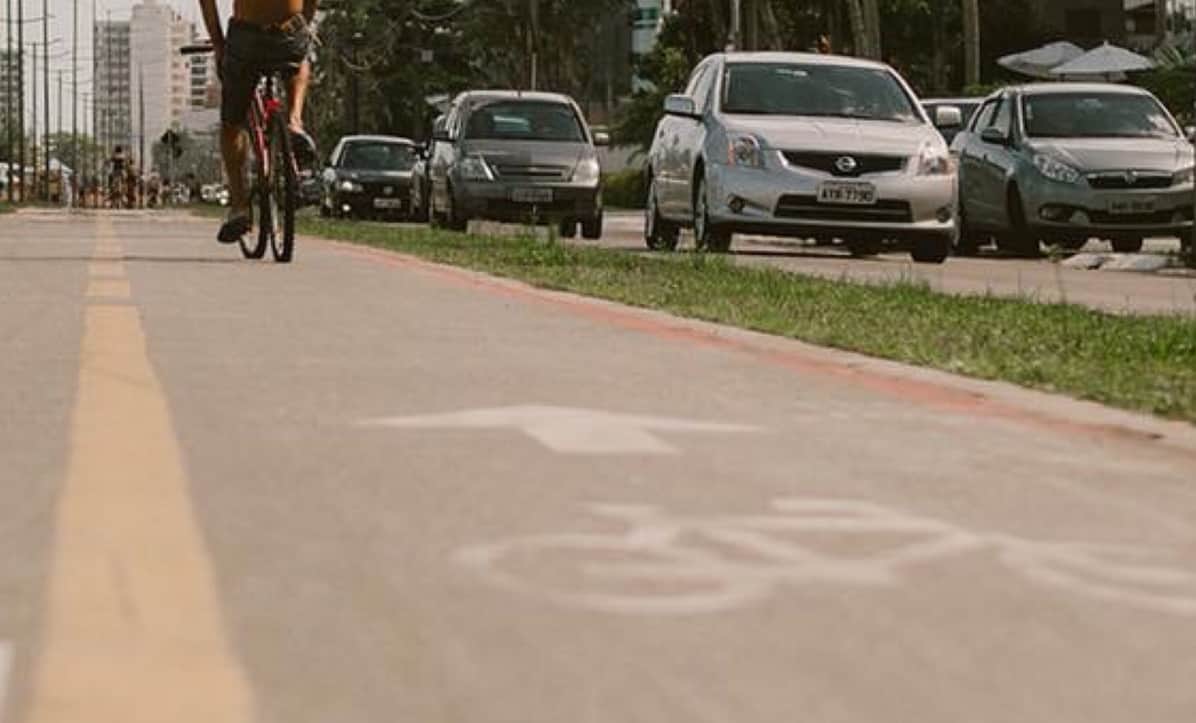Burlington Cycling Plan in gear for March council meeting
Published February 23, 2021 at 9:51 pm

An absence of safe crossings over the QEW highway and the lack of cycling facilities at major signalized intersections are just two of the key barriers identified in an updated City of Burlington Cycling Plan.
The new plan, which is part of the City’s Mobility Plan and is on the City Council agenda for March 9, focuses on how the city can get more people to consider cycling for everyday trips and as a mode of transportation.
“The Cycling Plan provides guidance and consideration for designing and implementing high-quality, safe and connected facilities appropriate for the local context, in a manner that supports the City’s vision of developing a cycling culture,” submitted Dan Ozimkovic, a Certified Engineering Technologist and City of Burlington Transportation Planning Technologist.
“If endorsed, it would make Burlington more bike friendly and will achieve the goal of providing our residents mobility choice and the option of using cycling as a preferred mode of transportation for day-to-day trips.”
Community engagement was an integral component in the long overdue Cycling Master Plan and in shaping the future of cycling in Burlington.
The feedback received helped the staff and consultant team develop and refine the recommended cycling network.
The key goal in this vision is the development of a minimum grid of safe, well connected, convenient, and accessible infrastructure.
Costs for the cycling component of the project have been accommodated within the city’s 2021 Capital Budget & Forecast guidelines and is estimated at $3,600,000.
The new City plan, which was last fully updated in 2009, focuses on improving and incorporating trails as part of the network, planning for future construction of grade-separated highway crossings to strengthen north-south connections and implementing localized intersection improvements.
It would also include retrofitting local streets with bikeways that aim to calm streets and connect to accessways that provide shortcuts to destinations between neighbourhoods, increasing permeability and accessibility.
Community participants also found that despite 186 kilometres of cycling facilities available, barriers such as an absence of safe crossings over the QEW and lack of cycling facilities at major signalized intersections are keeping people from cycling.
Other barriers include significant gaps in the network – no connections to the other facilities, and a lack of protected on-road facilities.
The recommendations will be incorporated into the forthcoming integrated Mobility Plan and will be subject to final council approval.
For more on the Cycling Plan, visit burlington.ca/en/services-for-you/cycling-plan.asp.
City of Burlington Photo
insauga's Editorial Standards and Policies advertising





